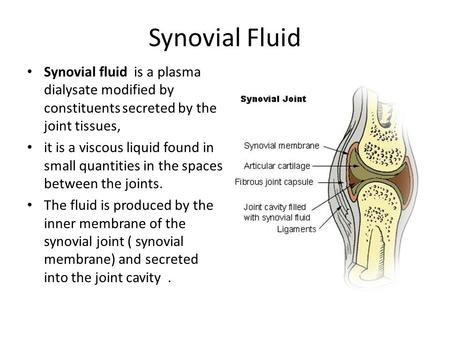By: Jessica Slattery
We are blasted daily with messages to push our “negative” emotions aside, and to focus on our positivity instead, and while those messages have a place, is it necessarily the best idea to immediately push aside our hurt or anger?
I propose, that allowing yourself to take a little walk on the “negative” side can actually be beneficial.
The moment you find out you didn’t get the job you interviewed for, or you received another rejection letter, or you simply spilled tea all over yourself on your way into work, can easily cause your day to take a downturn. We’ve all been there in some form or another, and if you hop on Instagram, or talk to a friend, you are right away told to look at the bright side and move on, or something about closed doors and open windows. Even though it may seem helpful to assault your hurt or sadness with positive quips and quotes, you may actually be doing yourself a disservice.
I wholeheartedly believe in the power of positivity. I believe that it is what gets me through hundreds of doctors’ appointments, countless tests, and never ending setbacks. However, I believe that hurt and sadness can be equally powerful tools.
I know for me, that because I do ride the positivity train all day every day, when a glimmer of frustration or gloom crept into my life in the past, I would try my hardest to push it away as quickly as possible.
As if I wasn’t allowed to ever feel sad about things like not being able to have any more children, or because I know someone who has it so much worse than I do, that my own hurt and complaints are petty.
It wasn’t until I was telling a piece of my story to someone new, and she stopped and looked at me, and said, “You’ve been through so much.” I, of course, brushed it off with a nervous giggle, and told her, “Oh, yeah. Well, we all have something. I’m fine.” However, she continued to probe me. Normally, this would annoy me, because I don’t really like to talk about all of my health woes, especially with people I haven't known for a very long time, but then she said, “You know, a lot of women do that. They brush off their own hurt to make everyone else comfortable. It is ok to be angry as hell at what you’ve had to go through. It’s ok to be sad and frustrated.”
She was absolutely right. I believe that often times us, as women, are conditioned to diffuse situations and make those around us feel comfortable even if we aren’t comfortable ourselves.
So, from that moment on, I stopped trying so hard to brush the hurt away. Instead, when I feel frustrated that a doctor isn’t really hearing me, or I’m a little sad when I sit in a waiting room with a pregnant woman and her husband, I let myself feel it. I let myself sit in that emotion for a moment, and I validate it for myself. I am allowed to feel sad, angry, frustrated, scared, or whatever. It doesn’t make me less of a person, and it definitely doesn’t mean that I’m not a fighter. It means that I am human, and that my heart is capable of having a moment of sadness, while still maintaining a positive outlook.
Once I embraced my own hurt, and quit suppressing it with an onslaught of forced positivity, I became a more relaxed person. When you are constantly fighting your own emotions, you begin to doubt yourself and feel like you are the only person who struggles with hurt, anger, or sadness, and that can be incredibly isolating.
Instead, if you simply allow yourself to feel that emotion, and then work through it, rather than suppress it, you’ll find not only a much better way to cope, but also a better way to understand yourself and your own needs, and that knowledge is as powerful as positivity.
So, if you spill tea all over yourself on your way into work, and you feel like you want to cry, do it. Go ahead and cry and be angry, and then, when you’re ready, march into that office with your tea-stained shirt and your head in the air, because you just tended to your emotions like a boss.
























